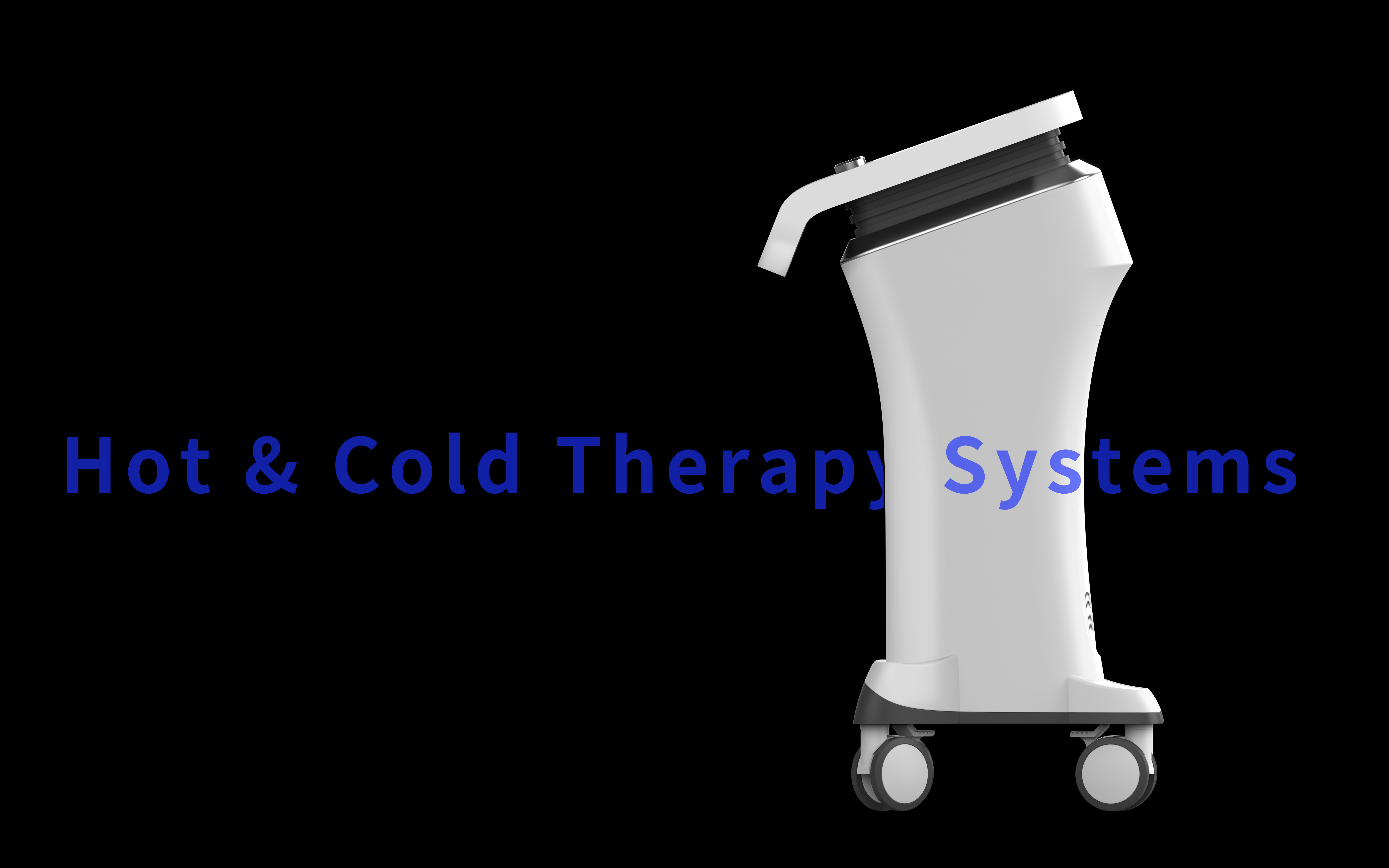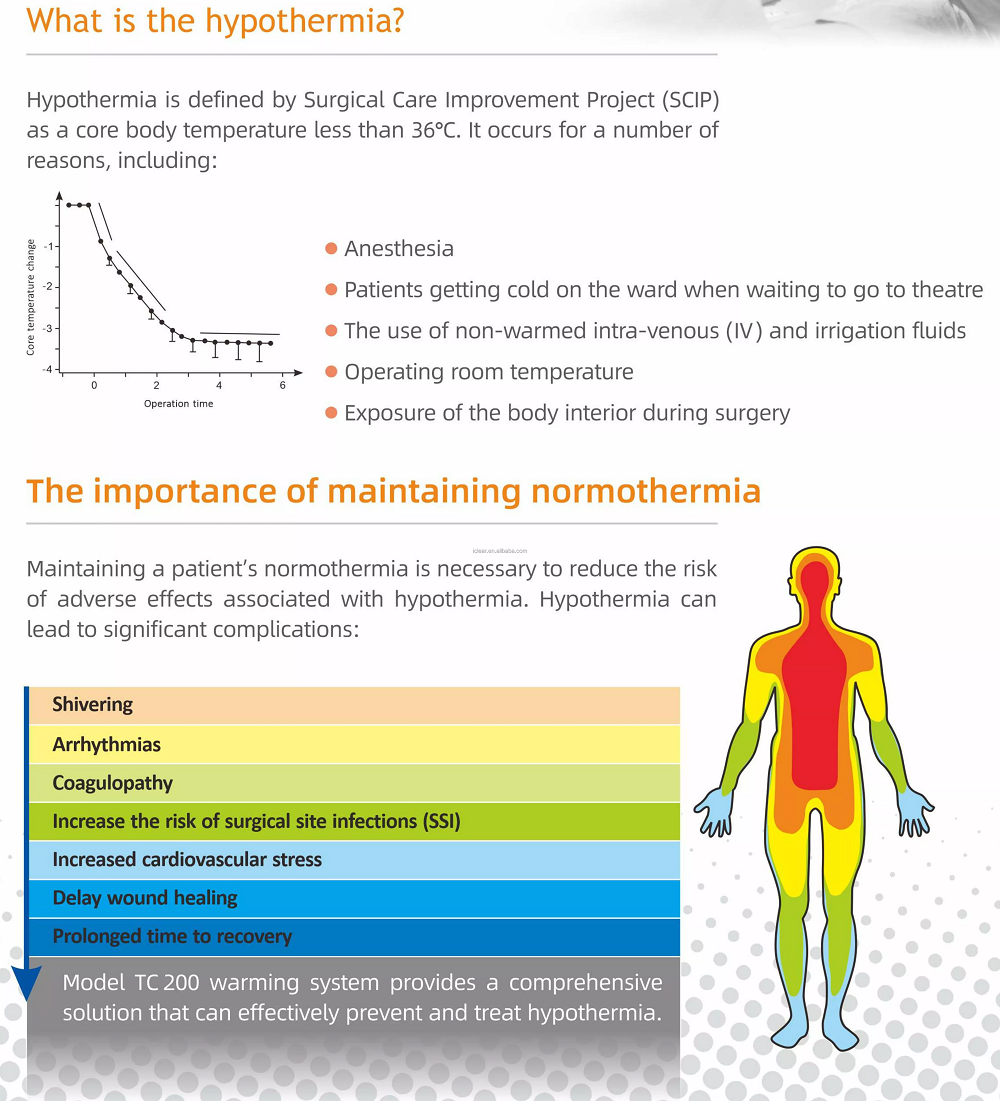Title: Using Cold or Hot Compress for Fever Reduction: A Guide to Effective Remedies
This guide provides an overview of using cold and hot compresses for fever reduction, exploring their effectiveness and application methods. It highlights the importance of understanding the underlying cause of the fever and emphasizes seeking medical attention when necessary. The guide also suggests alternative remedies and provides tips for preventing future occurrences of fever.
Fever is a common ailment that can affect individuals of all ages. When it comes to treating fever, many people often debate on the efficacy of using cold vs. hot compresses. This article aims to provide a comprehensive guide on when and how to use each type of compress for effective fever reduction.

Understanding the Basics of a Fever
A fever is a natural response by the body to fight against infection. It is essential to understand that a fever is not always a bad thing; it helps the body recover from illnesses such as colds or flu. However, a high fever can cause discomfort and should be managed effectively.
Cold Compresses
A cold compress is typically recommended for individuals with a high fever, as it helps to reduce the temperature of the skin and may also help reduce the body's core temperature. The cold compress should be applied to the forehead, wrists, or neck, and can be soaked in water or frozen in an ice pack. It is essential to wrap the ice pack in a towel before application to avoid direct contact with the skin.
Hot Compresses

Hot compresses are often recommended for individuals with a low-grade fever or chills. The heat from the compress helps to warm the body and may also help to alleviate congestion and discomfort. The hot compress should be applied to the back, neck, or chest, and can be soaked in warm water or used with a heating pad. It is essential to test the temperature of the compress before application to ensure it is not too hot for the skin.
When to Use Each Type of Compress
It is essential to consult a healthcare professional before using either type of compress, especially if the fever is persistent or accompanied by other severe symptoms. However, as a general rule of thumb, cold compresses are recommended for individuals with high fevers, while hot compresses are better for those with low-grade fevers or chills.
Additional Tips for Managing a Fever
In addition to using cold or hot compresses, there are other ways to effectively manage a fever at home. Drinking plenty of fluids helps maintain hydration and supports the body's natural cooling mechanism. Resting and avoiding exposure to high temperatures are also recommended. If the fever persists or gets worse, it is essential to seek medical attention promptly.

Conclusion
Using cold or hot compresses can be an effective way to manage a fever, but it is essential to understand when and how to use each type of compress. Cold compresses are recommended for high fevers, while hot compresses are better for low-grade fevers or chills. It is always advisable to consult a healthcare professional before using either type of compress, especially if the fever is persistent or accompanied by other severe symptoms. With proper management, individuals can effectively reduce their fever and recover from illness more comfortably.
Articles related to the knowledge points of this article:
Feather Down: The Multi-Purpose Wonders of Nature
Title: The Middle-Range羽绒服,时尚与功能的完美结合
Title: The Art of Tie Tying: How to Pronounce ties in Different Countries
Title: The Art of Poirot Tie Knots: A Step-by-Step Guide for Perfecting Your Look
Title: The Marvelous Applications of Old Ties
Title: The Art of Putting Together a Formal Look: The Perfect Picture of Wearing a Suit and Tie



